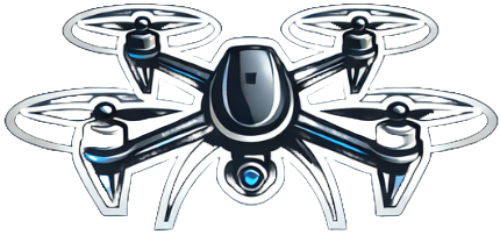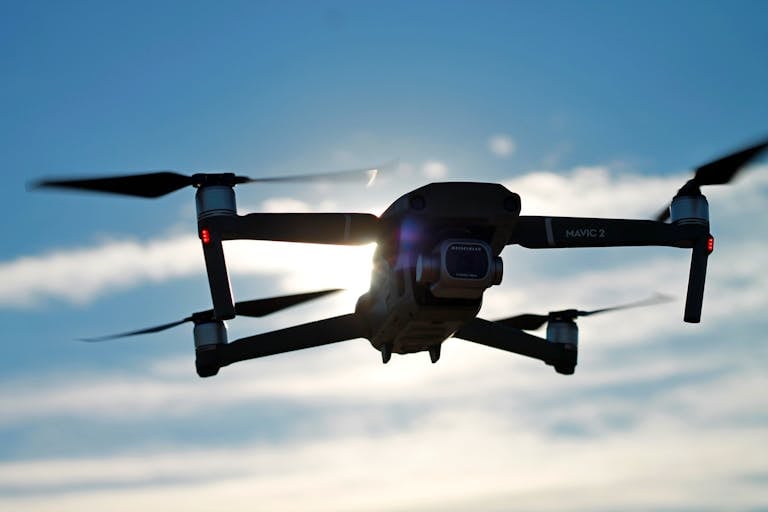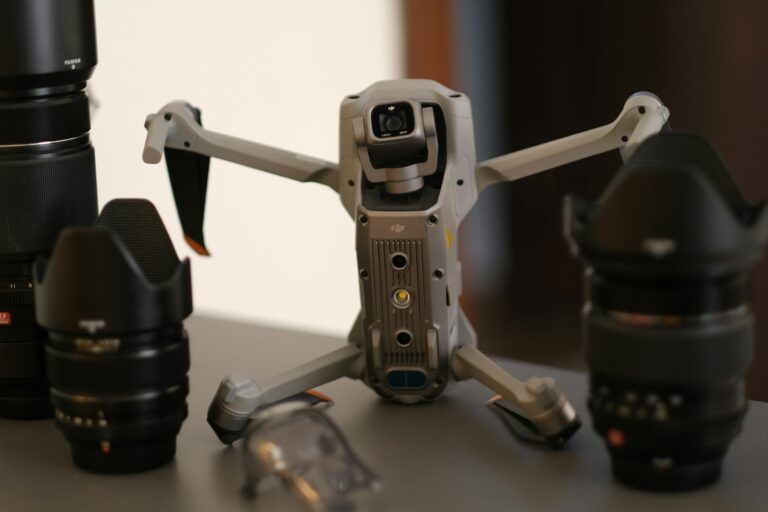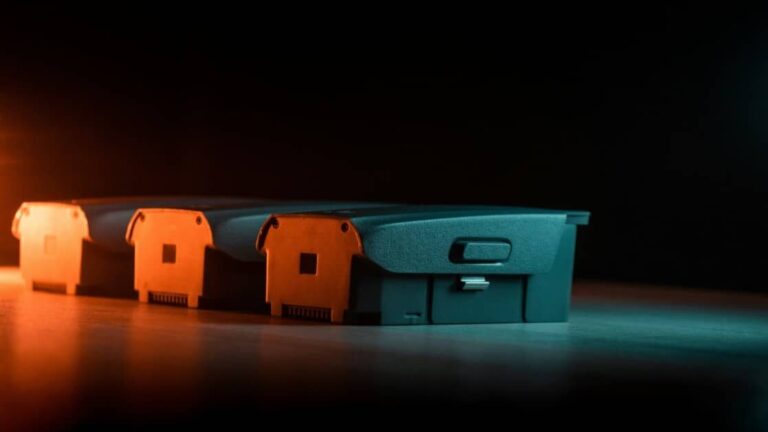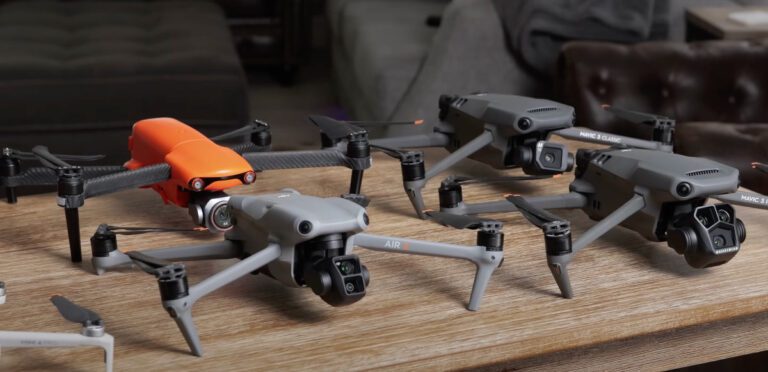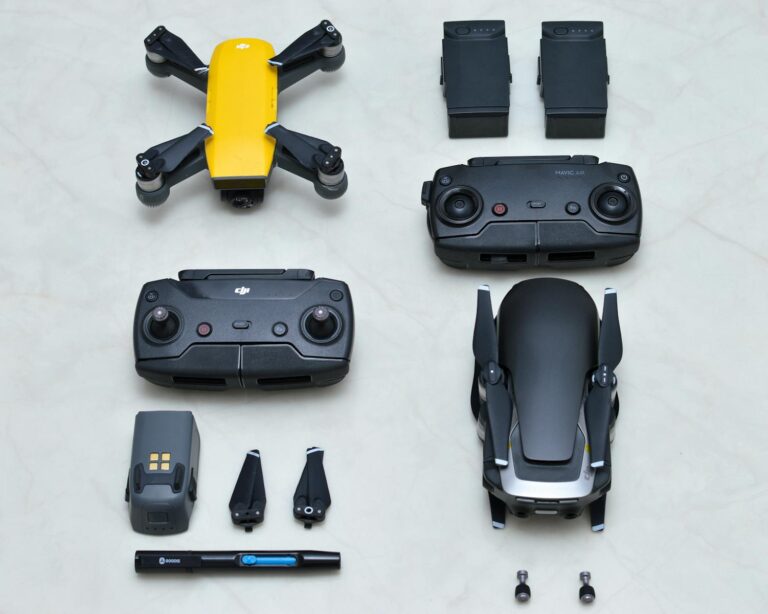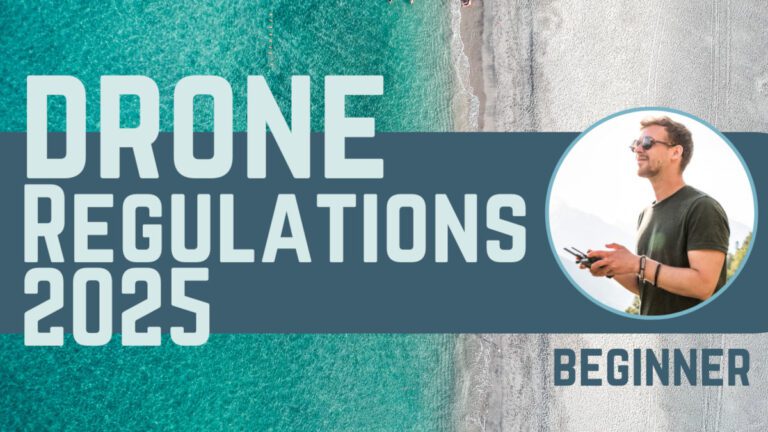Introduction
Imagine hundreds of tiny drones buzzing through the sky, working together seamlessly like a well-rehearsed team. They map disaster zones, help farmers monitor crops, or even put on dazzling light shows. This isn’t some far-off future — it’s swarm drone technology in action.
Inspired by nature’s most efficient teams (think bees, ants, or birds), swarm drones collaborate to accomplish tasks faster and smarter than any solo drone could. Industries around the world are already tapping into the potential of these coordinated fleets to boost efficiency, safety, and creativity.
Let’s dive into how swarm drones are changing the game across different industries — one synchronized flight at a time.
For insights into the latest drone technologies, read our post on Cutting-Edge Drone Technology and Accessories.
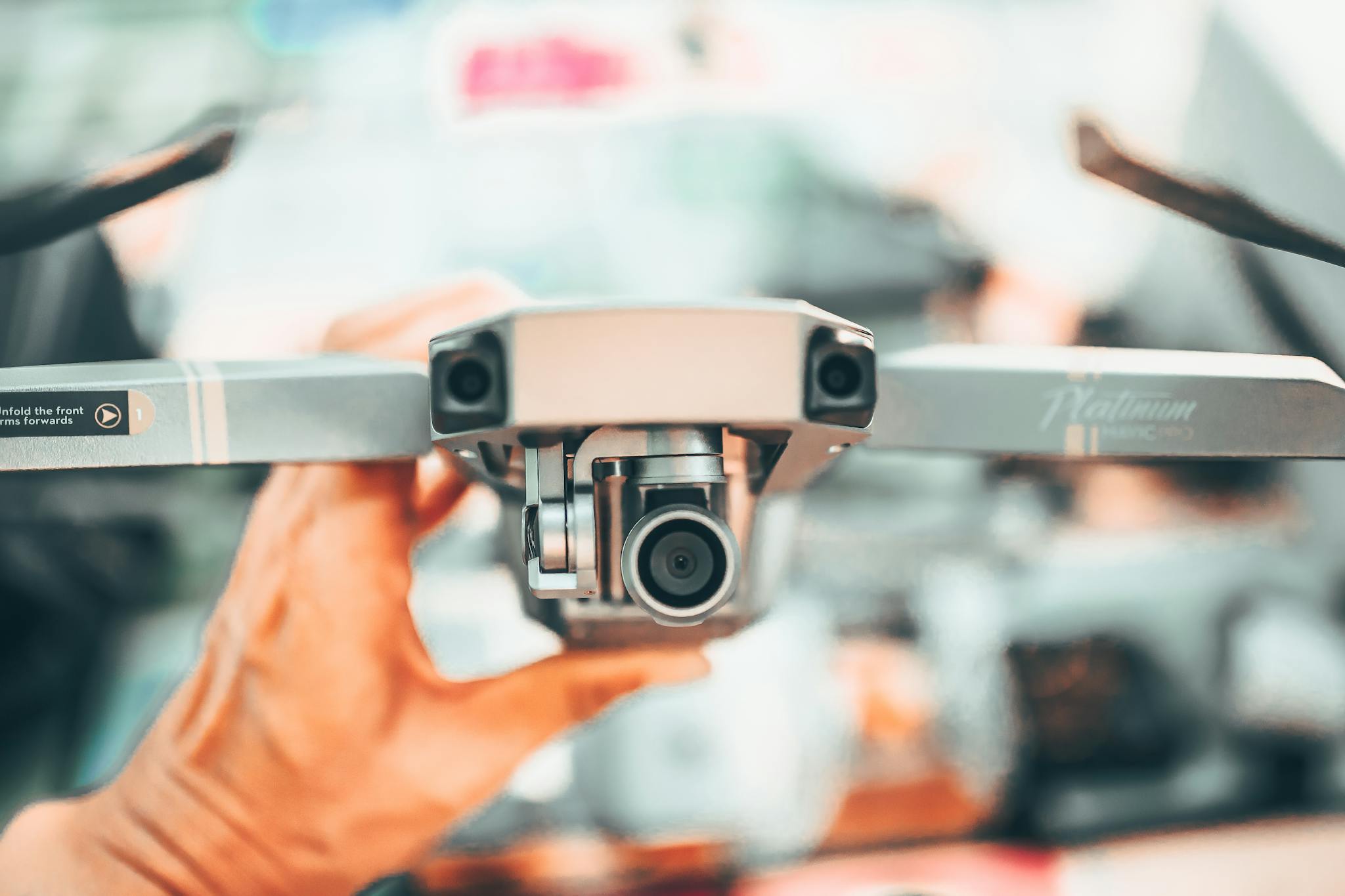
Swarm Drones in Military and Defense: Smarter, Safer Operations
In the world of defense, swarm drones offer a huge advantage. Instead of relying on a single drone for a mission, military forces can deploy a fleet of drones that:
- Overwhelm Enemy Defenses: With multiple drones in the air, it becomes harder for enemies to track and disable them.
- Survey Vast Areas: Swarms can quickly gather intelligence over large regions, sending back real-time data.
- Coordinate Strikes: AI-powered swarms can identify and hit multiple targets simultaneously, reducing the need for risky human involvement.
The U.S. Department of Defense, for example, is actively testing swarm drone systems. These smart fleets allow the military to perform complex operations more efficiently and keep personnel out of harm’s way.
Agriculture: Boosting Productivity with Precision
Farmers are finding that swarm drones make their jobs easier and more efficient. Here’s how these tiny helpers are making a big impact:
- Crop Monitoring: Instead of inspecting fields manually, farmers can send out a fleet of drones to scan for signs of pests, diseases, or drought.
- Targeted Spraying: Swarm drones can spray pesticides or fertilizers only where needed, reducing waste and environmental impact.
- Artificial Pollination: With pollinator populations in decline, drone swarms are being tested to help ensure crops get the pollination they need.
These coordinated flights allow farmers to manage their fields with precision and speed, giving them more time to focus on other tasks and helping improve crop yields.
Disaster Response: Saving Lives with Speed
In an emergency, every second counts. Swarm drones can make a huge difference when disaster strikes by:
- Mapping Damage Quickly: Swarm drones can cover large areas to create detailed maps of disaster zones in minutes.
- Finding Survivors: These drones can scan for heat signatures or other signs of life, helping rescue teams know where to focus their efforts.
- Delivering Supplies: Swarms can drop essential supplies like water, food, or medical kits to areas that are hard for people to reach.
Whether it’s an earthquake, flood, or wildfire, swarm drones are helping emergency teams respond faster and more effectively.
For detailed insights on drone applications in disaster relief, read this UN report on drone usage in emergencies.
Environmental Monitoring: Protecting the Planet
Swarm drones are also lending a hand to conservation efforts. They’re helping protect the environment by:
- Tracking Wildlife: Swarm drones can monitor animal populations without disturbing them, making conservation efforts more effective.
- Fighting Deforestation: They can scan forests to detect illegal logging or even help with reforestation by planting seeds over large areas.
- Checking Pollution Levels: Swarm drones can collect samples from the air or water to identify pollution hotspots.
With the ability to cover large areas and gather detailed data, these drone swarms are becoming valuable allies in protecting the planet.
Entertainment: Next-Level Performances
If you’ve seen a drone light show, you know how breathtaking they can be. Swarm drones are giving entertainment a futuristic twist by:
- Creating Light Shows: Hundreds of drones with LED lights can form incredible shapes and patterns in the sky, all choreographed to music.
- Replacing Fireworks: Drone light shows are safer, quieter, and more eco-friendly than traditional fireworks.
- Brand Promotions: Companies are using drone swarms to display logos or messages in the sky, making events unforgettable.
Events like the 2022 Beijing Winter Olympics have shown just how magical these coordinated performances can be. Drone swarms are turning the sky into a canvas for creativity.
Swarm Drones in Logistics: Transforming Delivery with Speed
Drones are set to transform the way goods are delivered. Imagine a fleet of drones that can:
- Deliver Packages Quickly: In cities or rural areas, swarms can distribute packages efficiently, reducing delivery times.
- Manage Warehouse Inventory: Swarm drones can help locate and transport items in massive warehouses.
- Transport Medical Supplies: In emergencies, swarms can deliver medicine or equipment to hard-to-reach locations.
Companies like Amazon and UPS are already exploring these possibilities. With swarm drones, the future of fast and flexible delivery is just around the corner.
For a comprehensive understanding of drone regulations, refer to our Complete Guide for Safe Flying.
Challenges on the Horizon
Of course, it’s not all smooth sailing. Swarm drones face challenges like:
- Regulations: Airspace rules need to catch up with this new technology.
- Cybersecurity: Protecting drone swarms from hacking is crucial.
- Communication: Reliable communication is key to keeping swarms coordinated and safe.
As these challenges are addressed, the potential of swarm drones will only grow. Swarm drones are more than just a tech trend — they’re transforming how industries operate, from defense and farming to disaster relief and entertainment. These collaborative fleets are proving that sometimes, teamwork really does make the dream work.
As technology continues to advance, we’ll see swarm drones taking on even more ambitious tasks, making our lives safer, smarter, and more efficient. The future of flight isn’t just about going higher or faster — it’s about flying together.
